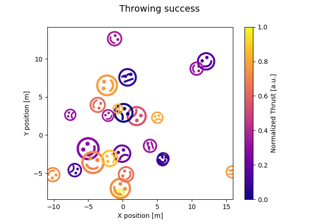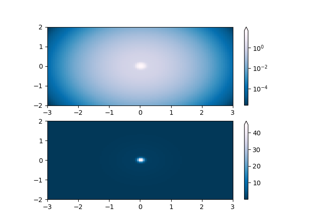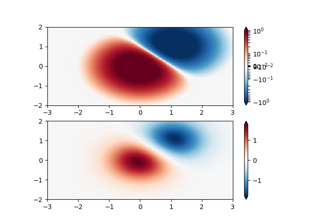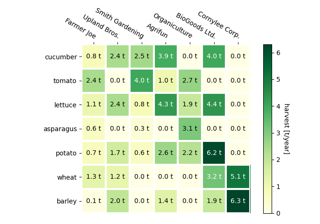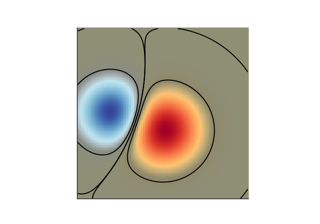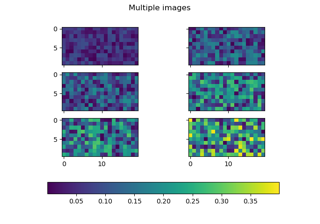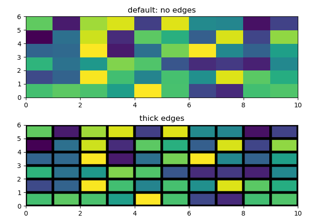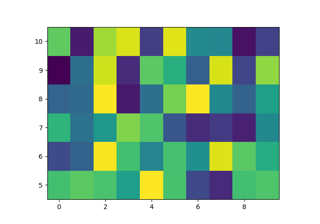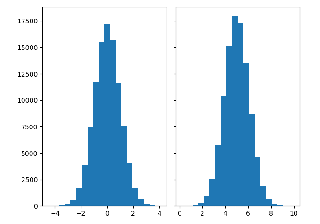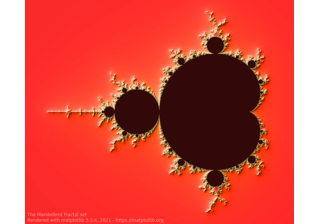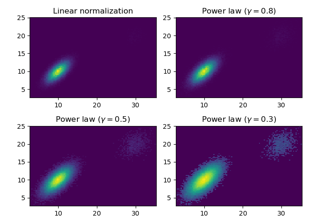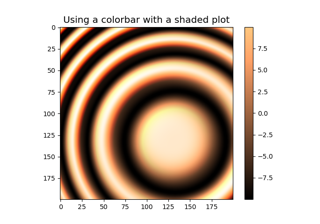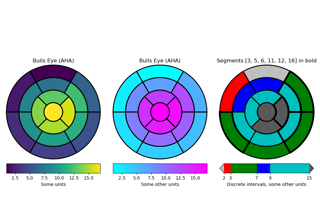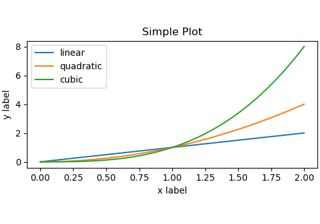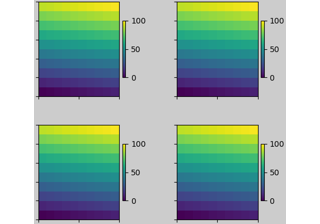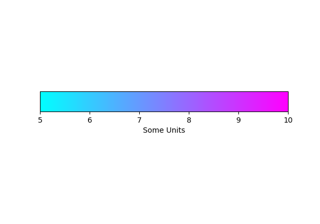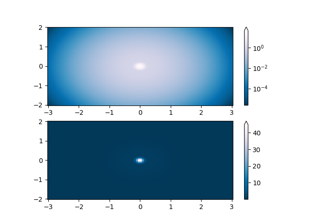matplotlib.colors.Normalize#
- class matplotlib.colors.Normalize(vmin=None, vmax=None, clip=False)[source]#
Bases:
objectA class which, when called, maps values within the interval
[vmin, vmax]linearly to the interval[0.0, 1.0]. The mapping of values outside[vmin, vmax]depends on clip.See also
Examples
x = [-2, -1, 0, 1, 2] norm = mpl.colors.Normalize(vmin=-1, vmax=1, clip=False) norm(x) # [-0.5, 0., 0.5, 1., 1.5] norm = mpl.colors.Normalize(vmin=-1, vmax=1, clip=True) norm(x) # [0., 0., 0.5, 1., 1.]
- Parameters:
- vmin, vmaxfloat or None
Values within the range
[vmin, vmax]from the input data will be linearly mapped to[0, 1]. If either vmin or vmax is not provided, they default to the minimum and maximum values of the input, respectively.- clipbool, default: False
Determines the behavior for mapping values outside the range
[vmin, vmax].If clipping is off, values outside the range
[vmin, vmax]are also transformed, resulting in values outside[0, 1]. This behavior is usually desirable, as colormaps can mark these under and over values with specific colors.If clipping is on, values below vmin are mapped to 0 and values above vmax are mapped to 1. Such values become indistinguishable from regular boundary values, which may cause misinterpretation of the data.
Notes
If
vmin == vmax, input data will be mapped to 0.- __call__(value, clip=None)[source]#
Normalize the data and return the normalized data.
- Parameters:
- value
Data to normalize.
- clipbool, optional
See the description of the parameter clip in
Normalize.If
None, defaults toself.clip(which defaults toFalse).
Notes
If not already initialized,
self.vminandself.vmaxare initialized usingself.autoscale_None(value).
- property clip#
- inverse(value)[source]#
Maps the normalized value (i.e., index in the colormap) back to image data value.
- Parameters:
- value
Normalized value.
- static process_value(value)[source]#
Homogenize the input value for easy and efficient normalization.
value can be a scalar or sequence.
- Parameters:
- value
Data to normalize.
- Returns:
- resultmasked array
Masked array with the same shape as value.
- is_scalarbool
Whether value is a scalar.
Notes
Float dtypes are preserved; integer types with two bytes or smaller are converted to np.float32, and larger types are converted to np.float64. Preserving float32 when possible, and using in-place operations, greatly improves speed for large arrays.
- property vmax#
- property vmin#
